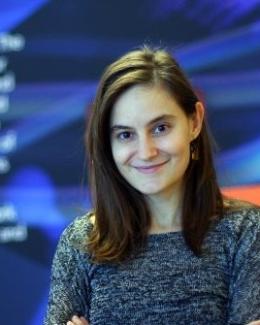Abstract
We evaluate Julia as a single language and ecosystem paradigm powered by LLVM to develop workflow components for high-performance computing. We run a Gray-Scott, 2-variable diffusion-reaction application using a memory-bound, 7-point stencil kernel on Frontier, the US Department of Energy’s first exascale supercomputer. We evaluate the performance, scaling, and trade-offs of (i) the computational kernel on AMD’s MI250x GPUs, (ii) weak scaling up to 4,096 MPI processes/GPUs or 512 nodes, (iii) parallel I/O writes using the ADIOS2 library bindings, and (iv) Jupyter Notebooks for interactive analysis. Results suggest that although Julia generates a reasonable LLVM-IR, a nearly 50% performance difference exists vs. native AMD HIP stencil codes when running on the GPUs. As expected, we observed near-zero overhead when using MPI and parallel I/O bindings for system-wide installed implementations. Consequently, Julia emerges as a compelling high-performance and high-productivity workflow composition language, as measured on the fastest supercomputer in the world.







